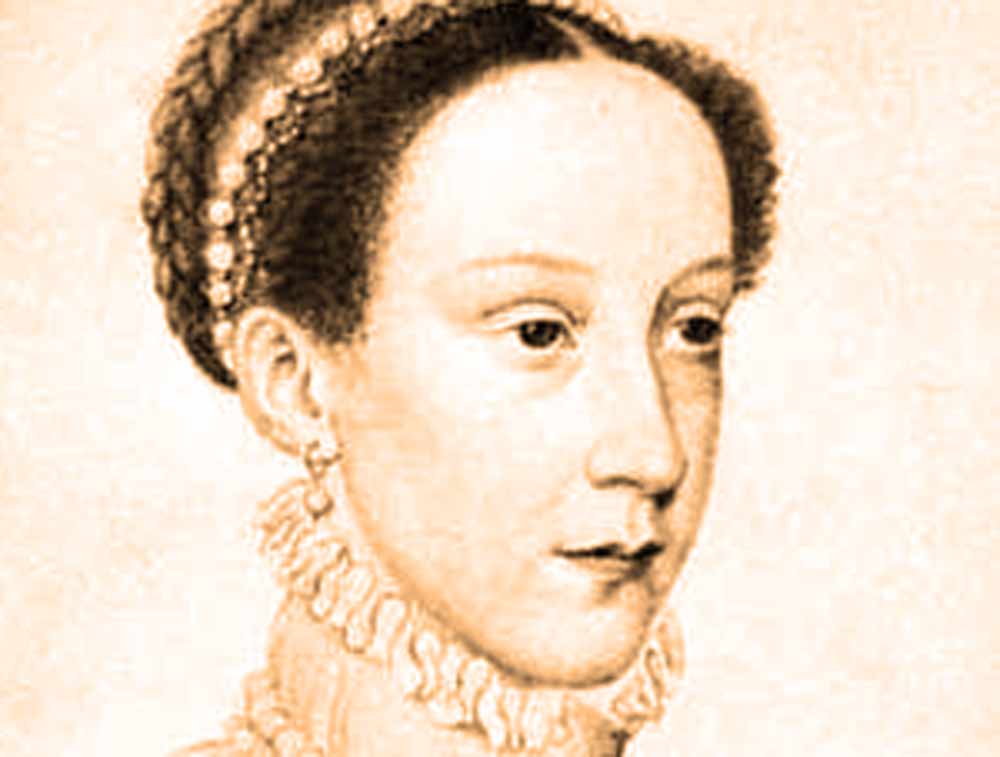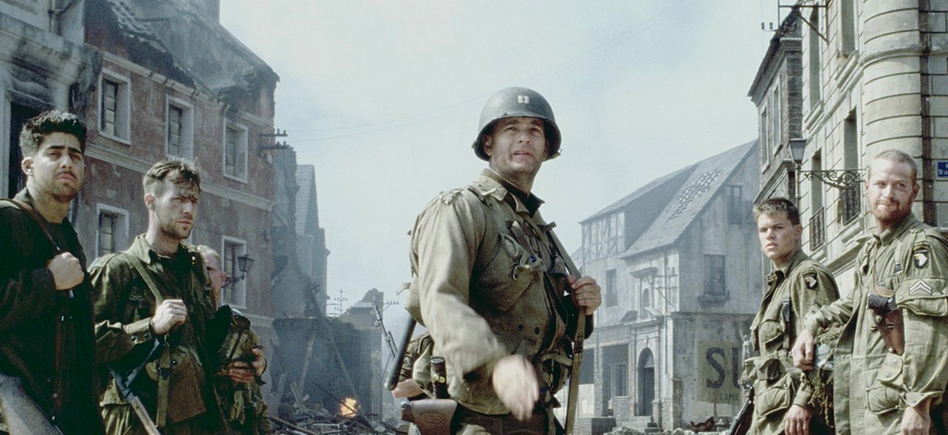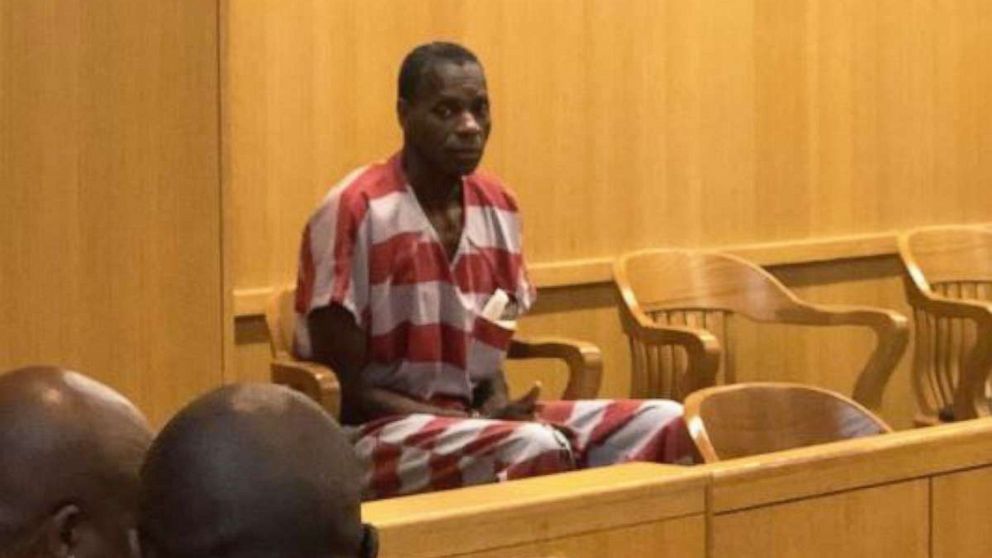
Machu Picchu ruins discovered by American archeologist
On July 24, 1911, American archeologist Hiram Bingham gets his first look at the ruins of Machu Picchu, an ancient Inca settlement in Peru that is now one of the world’s top tourist destinations.
Tucked away in the rocky countryside northwest of Cuzco, Machu Picchu is believed to have been a summer retreat for Inca leaders, whose civilization was virtually wiped out by Spanish invaders in the 16th century. For hundreds of years afterwards, its existence was a secret known only to the peasants living in the region. That all changed in the summer of 1911, when Bingham arrived with a small team of explorers to search for the famous “lost” cities of the Incas.
Traveling on foot and by mule, Bingham and his team made their way from Cuzco into the Urubamba Valley, where a local farmer told them of some ruins located at the top of a nearby mountain. The farmer called the mountain Machu Picchu, which meant “Old Peak” in the native Quechua language. The next day—July 24—after a tough climb to the mountain’s ridge in cold and drizzly weather, Bingham met a small group of peasants who showed him the rest of the way. Led by an 11-year-old boy, Bingham got his first glimpse of the intricate network of stone terraces marking the entrance to Machu Picchu.
The excited Bingham spread the word about his discovery in a best-selling book, sending hordes of eager tourists flocking to Peru to follow in his footsteps up the Inca trail. The site itself stretches an impressive five miles, with over 3,000 stone steps linking its many different levels. Today, more than 300,000 people tramp through Machu Picchu every year, braving crowds and landslides to see the sun set over the towering stone monuments of the “Sacred City” and marvel at the mysterious splendor of one of the world’s most famous man-made wonders.

19TH CENTURY
1847
Mormons settle Salt Lake Valley
After 17 months and many miles of travel, Brigham Young leads 148 pioneers into Utah’s Valley of the Great Salt Lake. Gazing over the parched earth of the remote location, Young declared, “This is the place,” and the pioneers began preparations for the thousands of followers.

ART, LITERATURE, AND FILM HISTORY
1982
“Eye Of The Tiger” from “Rocky III” tops the U.S. pop charts
Whether it’s Oliver Stone setting a scene from Platoon to Adagio for Strings by Samuel Barber,or Quentin Tarantino setting a scene from Reservoir Dogs to “Stuck In The Middle” by Stealer’s Wheel, filmmakers often depend upon certain passages of music to produce specific emotional story.

GREAT BRITAIN
1567
Mary Queen of Scots deposed
During her imprisonment at Lochleven Castle in Scotland, Mary Queen of Scots is forced to abdicate in favor of her one-year-old son, later crowned King James VI of Scotland. In 1542, while just six days old, Mary ascended to the Scottish throne upon the death of her father.

SPACE EXPLORATION
1969
Apollo 11 safely returns to Earth
At 12:51 EDT on July 24, 1969, Apollo 11, the U.S. spacecraft that had taken the first astronauts to the surface of the moon, safely returns to Earth. The American effort to send astronauts to the moon had its origins in a famous appeal President John F. Kennedy made to a special request.

SPORTS
2005
Lance Armstrong wins seventh Tour de France
On July 24, 2005, American cyclist Lance Armstrong wins a record-setting seventh consecutive Tour de France and retires from the sport. After Armstrong survived testicular cancer, his rise to cycling greatness inspired cancer patients and fans around the world.

ART, LITERATURE, AND FILM HISTORY
1901
Short story writer O. Henry is released from prison
William Sydney Porter, otherwise known as O. Henry, is released from prison on this day, after serving three years in jail for embezzlement from a bank in Austin, Texas. To escape imprisonment, Porter had fled the authorities and hidden in Honduras.

ART, LITERATURE, AND FILM HISTORY
1998
“Saving Private Ryan” opens in theaters
On July 24, 1998, the director Steven Spielberg’s World War II epic, Saving Private Ryan, is released in theaters across the United States. The film, which starred Tom Hanks and Matt Damon, was praised for its authentic portrayal of war and was nominated for 11 Academy Awards.

EARLY 20TH CENTURY US
1915
Hundreds drown in Eastland disaster
On July 24, 1915, the steamer Eastland overturns in the Chicago River, drowning between 800 and 850 of its passengers who were heading to a picnic. The disaster was caused by serious problems with the boat’s design, which were known but never remedied.

CRIME
1984
A 9-year-old’s murder puts an innocent man in jail
The body of 9-year-old Dawn Hamilton is found in a wooded area of Rosedale, Maryland, near her home. The young girl had been raped and beaten to death with a rock. Unfortunately, Hamilton and her family were not the only ones to suffer because of this terrible crime.

COLD WAR
1959
Richard Nixon and Nikita Khrushchev have a “kitchen debate”
During the grand opening ceremony of the American National Exhibition in Moscow, Vice President Richard Nixon and Soviet leader Nikita Khrushchev engage in a heated debate about capitalism and communism in the middle of a model kitchen set up for the fair.

AMERICAN REVOLUTION
1776
John Hancock scolds Major General Philip Schuyler
July 24, 1776, Congressional President John Hancock scolds Major General Philip Schuyler. In a letter, Hancock accuses the officer of tolerating discord among soldiers from different states under his command.

WORLD WAR II
1943
Operation Gomorrah is launched
On July 24, 1943, British bombers raid Hamburg, Germany, by night in Operation Gomorrah, while Americans bomb it by day in its own “Blitz Week.” Britain had suffered the deaths of 167 civilians as a result of German bombing raids in July. Now the tables were going to turn.
NIGERIA

2009 Ogbonna Onovo appointed Inspector General of Police becoming the first from the Sout East to hold that position
Comments
Post a Comment